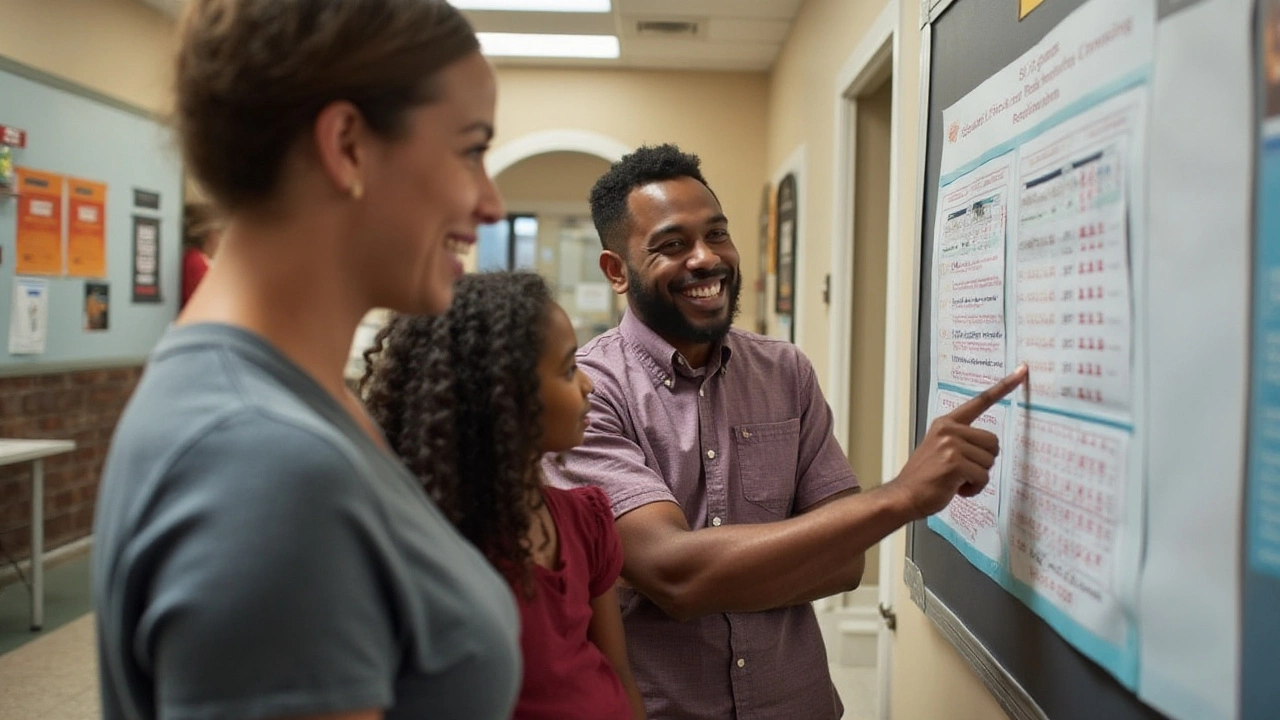Housing Eligibility – Who Qualifies and How to Apply
Ever wonder why some families get rent help while others don’t? The answer usually lies in a handful of eligibility rules that most programs follow. Knowing those rules can save you time, money, and a lot of frustration when you start looking for a home.
Common Eligibility Factors
First up is income. Most public‑housing or voucher programs set a ceiling based on the Area Median Income (AMI). If your household makes less than that limit – often 30% or 50% of AMI – you’re in the pool. Keep a copy of your latest pay slips or tax returns; they’re the first thing officials will ask for.
Household size matters too. A family of four will have a higher income cutoff than a single person because the rent allowance is calculated per person. When you fill out the application, list every adult and child who lives with you, even if they don’t earn an income.
Residency status is another must‑check. In India, schemes like Pradhan Mantri Awas Yojana require proof that you’re an Indian citizen or a legal resident. In the U.S., Section 8 and similar programs need a valid Social Security number and proof of local residency, such as a utility bill.
Credit history and background checks can be a gate‑keeper for some private‑sector affordable rentals. A clean rental record and a decent credit score boost your chances, while evictions or serious criminal convictions might disqualify you.
How to Prove Eligibility
Gather the paperwork before you start. Typical documents include recent pay stubs, bank statements, tax returns, ID proof, lease agreements, and a list of all household members with their birth dates. If you’re applying for a government program, you’ll also need proof of citizenship or legal residency.
Next, use an eligibility calculator if the program provides one. Plug in your income and household size – the tool will tell you instantly if you meet the threshold. This quick check can prevent you from spending hours on a form that will be rejected.
When you submit the application, double‑check every field. A typo in your income number or a missing signature can delay processing by weeks. Most agencies let you track the status online, so keep your login details handy.
Finally, be ready for a follow‑up interview. Some programs ask for a brief meeting to verify your documents and answer any questions. Treat it like a job interview: be honest, organized, and prepared to explain any irregularities in your paperwork.
Tips to improve your odds: 1) Keep your credit report clean; 2) Pay down any small debts before you apply; 3) Ask the landlord for a reference if you’ve rented before; 4) Use a local community organization that can vouch for you; 5) Apply to multiple programs if you qualify for more than one.
Common mistakes to avoid include forgetting to include all household members, misreporting income, and waiting too long to renew expired documents. A small oversight can turn a strong application into a rejection, so review everything twice.

Who Qualifies for Low-Income Housing in VA?
This article provides an insightful look at who qualifies for low-income housing in Virginia. It covers income thresholds, eligibility criteria, and the application process to guide those in need of affordable housing options. With practical tips and useful information, you’ll understand the key factors that determine eligibility. Learn how family size, income, and other factors affect qualification, and find out some interesting facts about affordable housing in VA.

Eligibility Criteria for Affordable Housing in Fairfax County
Navigating affordable housing opportunities in Fairfax County requires understanding specific eligibility criteria. This article explores the income limits, residency requirements, and family size considerations essential for applicants. Discover insights into the various programs offered and tips for improving your chances of securing a home. Whether you are a local resident or new to the county, this guide provides the information needed to access affordable housing assistance.




